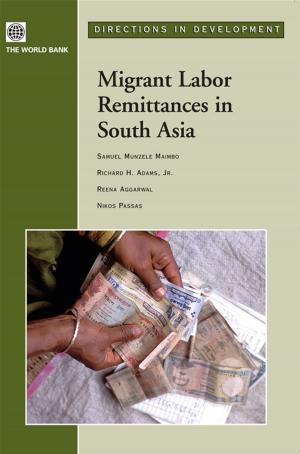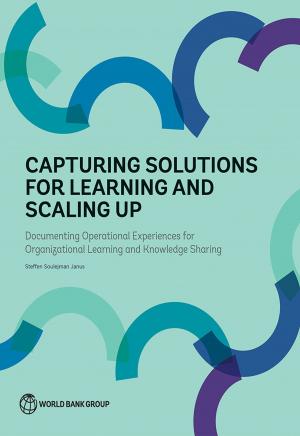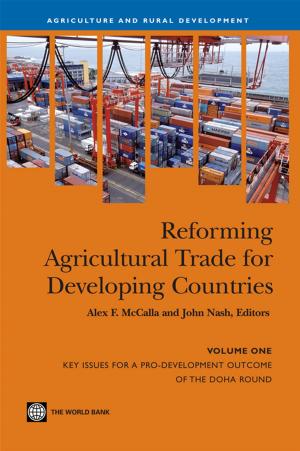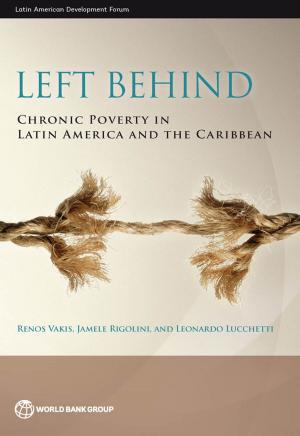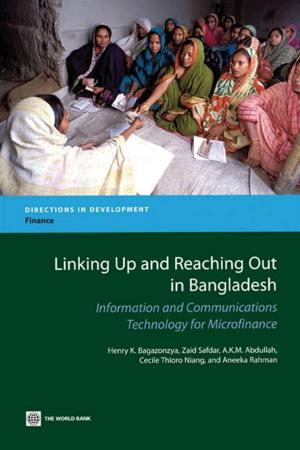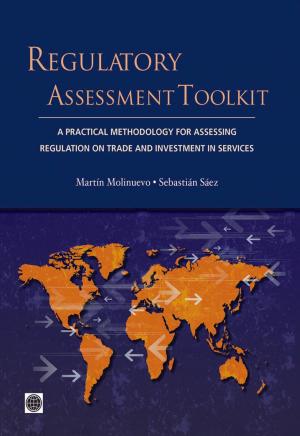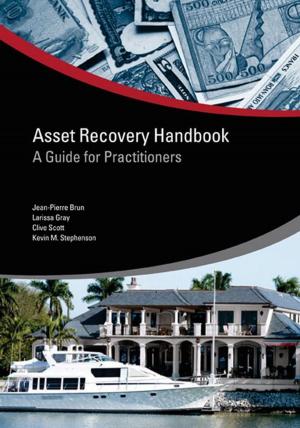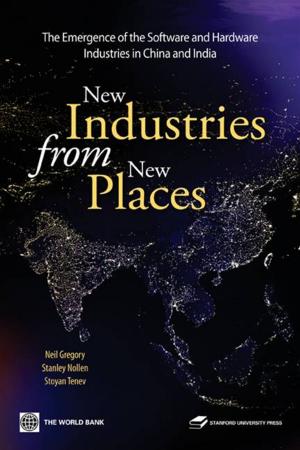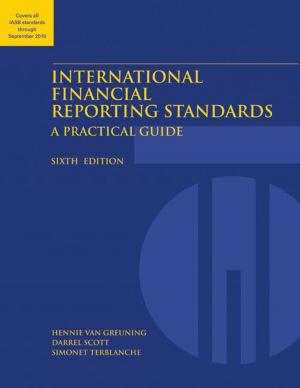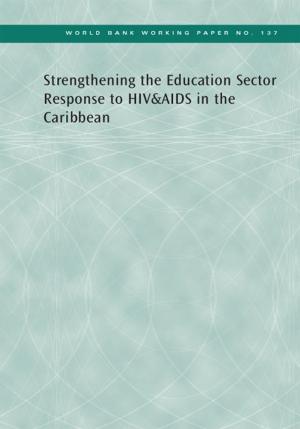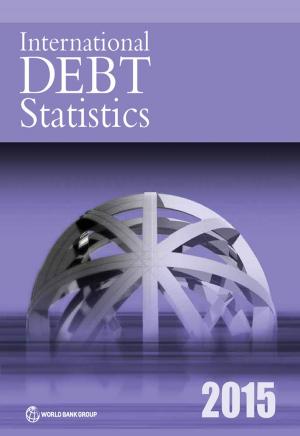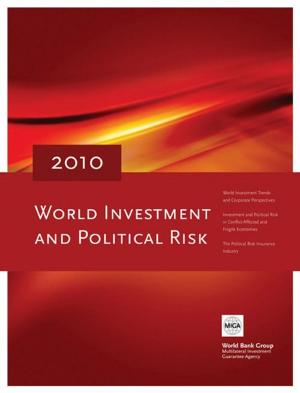Gender In Agriculture Sourcebook
Nonfiction, Social & Cultural Studies, Social Science, Sociology, Rural| Author: | World Bank; Food and Agriculture Organization; International Fund for Agricultural Development | ISBN: | 9780821375877 |
| Publisher: | World Bank | Publication: | October 8, 2008 |
| Imprint: | Language: | English |
| Author: | World Bank; Food and Agriculture Organization; International Fund for Agricultural Development |
| ISBN: | 9780821375877 |
| Publisher: | World Bank |
| Publication: | October 8, 2008 |
| Imprint: | |
| Language: | English |
The Gender in Agriculture Sourcebook provides an up-to-date understanding of gender issues and a rich compilation of compelling evidence of good practices and lessons learned to guide practitioners in integrating gender dimensions into agricultural projects and programs.It is serves as a tool for: guidance; showcasing key principles in integrating gender into projects; stimulating the imagination of practitioners to apply lessons learned, experiences, and innovations to the design of future support and investment in the agriculture sector. The Sourcebook looks at: access to and control of assets; access to markets, information and organization; and capacity to manage risk and vulnerability through a gender lens.There are 16 modules covering themes of cross-cutting importance for agriculture with strong gender dimensions (Policy, Public Administration and Governance; Agricultural Innovation and Education; Food Security; Markets; Rural Finance; Rural Infrastructure; Water; Land; Labor; Natural Resource Management; and Disaster and Post-Conflict Management) and specific subsectors in agriculture (Crops, Livestock, Forestry, and Fisheries).Each module contains three different sub-units: (1) A Module Overview gives a broad introduction to the topic and provides a summary of major development issues in the sector and rationale of looking at gender dimension; (2) Thematic Notes provide a brief and technically sound guide in gender integration in selected themes with lessons learned, guidelines, checklists, organizing principles, key questions, and key performance indicators; and (3) Innovative Activity Profiles describe the design and innovative features of recent and exciting projects and activities that have been implemented or are ongoing.
The Gender in Agriculture Sourcebook provides an up-to-date understanding of gender issues and a rich compilation of compelling evidence of good practices and lessons learned to guide practitioners in integrating gender dimensions into agricultural projects and programs.It is serves as a tool for: guidance; showcasing key principles in integrating gender into projects; stimulating the imagination of practitioners to apply lessons learned, experiences, and innovations to the design of future support and investment in the agriculture sector. The Sourcebook looks at: access to and control of assets; access to markets, information and organization; and capacity to manage risk and vulnerability through a gender lens.There are 16 modules covering themes of cross-cutting importance for agriculture with strong gender dimensions (Policy, Public Administration and Governance; Agricultural Innovation and Education; Food Security; Markets; Rural Finance; Rural Infrastructure; Water; Land; Labor; Natural Resource Management; and Disaster and Post-Conflict Management) and specific subsectors in agriculture (Crops, Livestock, Forestry, and Fisheries).Each module contains three different sub-units: (1) A Module Overview gives a broad introduction to the topic and provides a summary of major development issues in the sector and rationale of looking at gender dimension; (2) Thematic Notes provide a brief and technically sound guide in gender integration in selected themes with lessons learned, guidelines, checklists, organizing principles, key questions, and key performance indicators; and (3) Innovative Activity Profiles describe the design and innovative features of recent and exciting projects and activities that have been implemented or are ongoing.

